BEST VIP CLUB!

BEST VIP CLUB!
200% Bonus

Elden Ring: Nightreign introduces several new classes to experiment with, but none are quite as flashy or deadly, as the Executor. Designed as a high-risk, high-reward melee class with a heavy focus on parrying, the Executor brings a Sekiro-inspired combat style into the world of Elden Ring. If you’re looking to master this razor-sharp duelist, this guide will walk you through everything you need to know, from stats and skills to weapon loadouts, relics, and party synergy.

The Executor is a Dexterity and Arcane-scaling melee frontliner who excels in 1v1 duels and close-quarters brawls. Armed with a Cursed Sword capable of parrying nearly every type of attack, the Executor rewards players who can maintain precise timing and fast reflexes. While this class functions as a frontliner in co-op parties, it’s not your traditional tank. You lack the health pool and defenses to absorb raw damage, but if you can parry consistently, you’ll find yourself nearly untouchable. Think of the Executor as Nightreign’s answer to fans of Sekiro and Dex builds in the original Elden Ring.


After recovering from a status ailment, you gain a short-lived buff, roughly 20 seconds, granting:
Unfortunately, this passive rarely activates unless you intentionally trigger status effects like Madness. It's situational at best, so don’t build your playstyle around it.
This is where the Executor truly shines. The Suncatcher skill summons your Cursed Sword, allowing you to parry incoming attacks with a generous timing window—wider than a typical Soulsborne parry, closer to Sekiro’s Deflect.
Key mechanics:
Quickly swap to your Cursed Sword the moment before an enemy hits you, this counts as a parry. You can immediately swap back to your main weapon afterward. Mastering this technique smooths out your gameplay and helps avoid awkward animation delays.
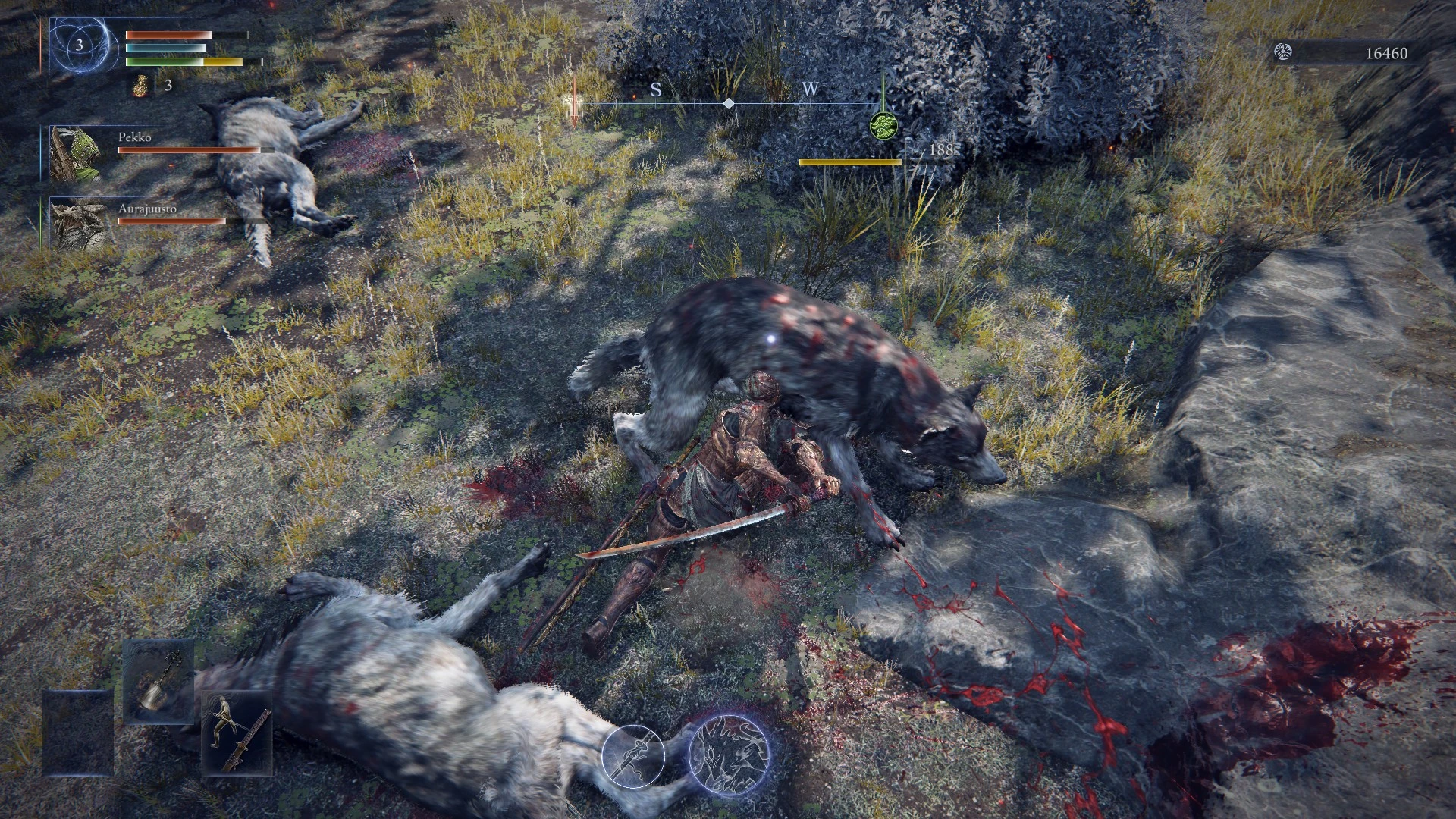

Transform into a Crucible Beast for 15 seconds, unlocking:
Additional notes:
This skill can be a literal lifesaver, use it to reset a fight when your health is dangerously low.
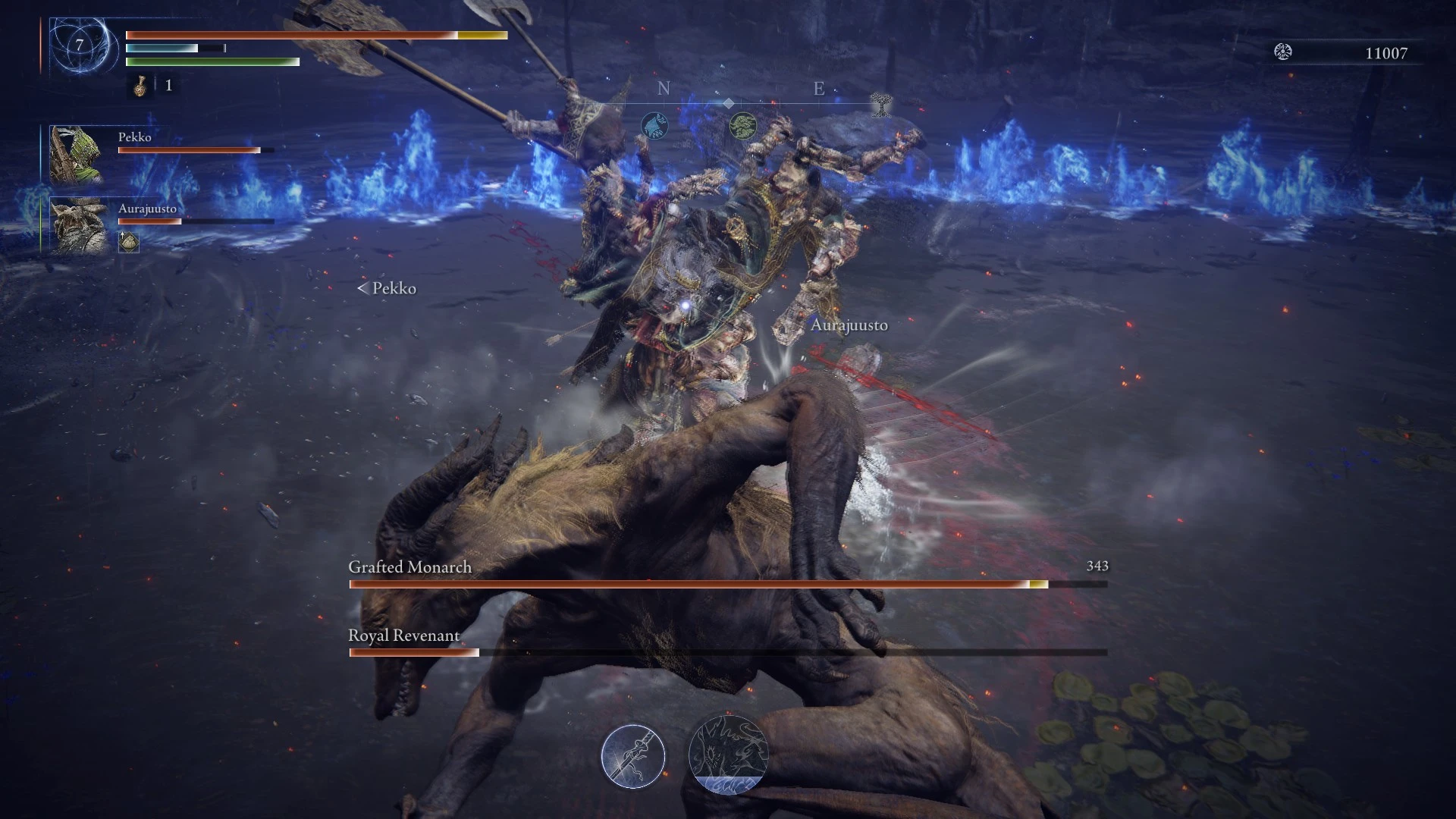
The Executor’s Blade (your starter weapon) is fine early on, but eventually you’ll want to switch to Dual Wielding Dex/Arcane weapons, especially those with Bleed.

Dual wielding avoids the awkwardness of re-two-handing a weapon after parrying. Plus, successive strikes from twin weapons amplify Bleed procs and Dex-based damage bonuses.
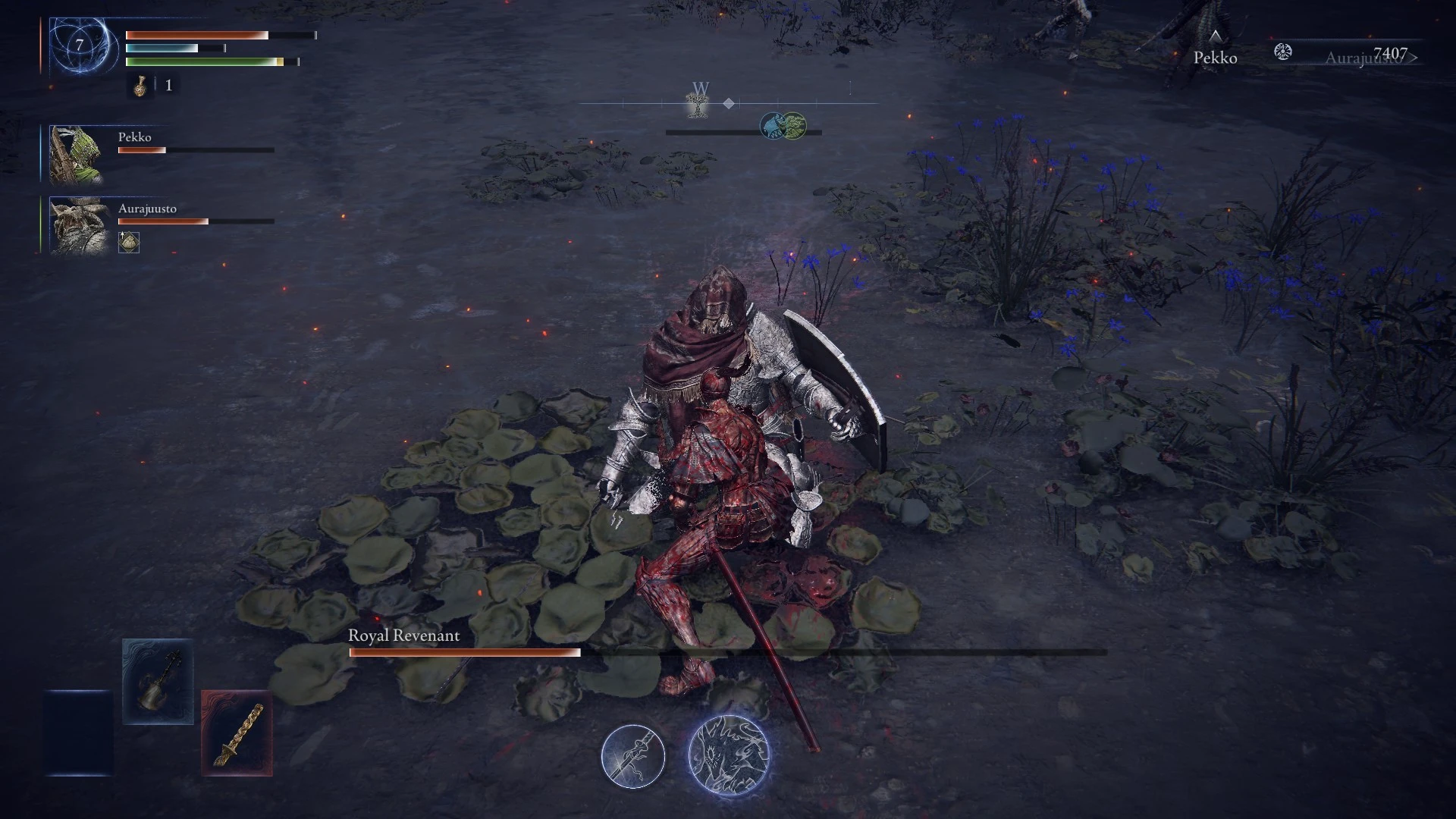

As you progress the Executor questline, you’ll unlock several powerful relics—particularly useful with your parrying and ultimate abilities.
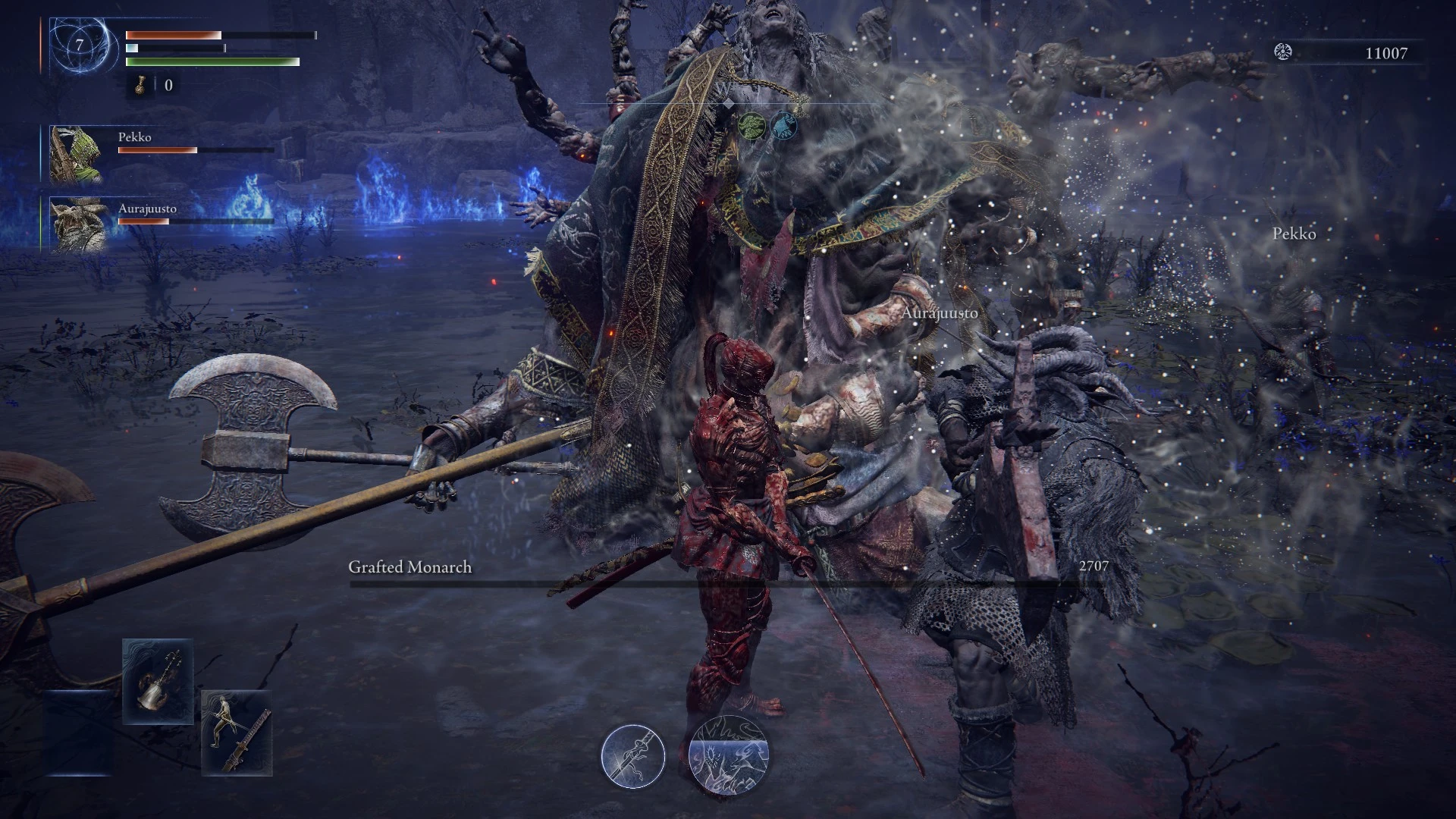

Playing the Executor effectively comes down to mastering precision, timing, and tactical aggression. As a melee-focused frontliner, your primary strength lies in the class’s unique parry mechanic using the Cursed Sword. You’re not meant to trade hits like a tank, but instead control fights by baiting enemy attacks and punishing them with well-timed parries. A good approach is to engage enemies first, draw their attention, and use the generous parry window to deflect strikes. After achieving a streak of successful parries, usually three, it’s possible to execute an additional charged slash for amplified damage. One of the most crucial strategies is the switch-parry, which relies on using the Cursed Sword as a quick swap during an enemy attack to trigger a parry animation, then going back to your main weapon for quick, high-damage combos. It's most effective to approach the class's natural stats with Dexterity- and Arcane-scaling weapons like katanas, claws, or curved swords during the battle, especially those with Bleed buildup.
In group play, the Executor can function as a frontline duelist who supports allies by intercepting attacks and reviving teammates when needed. The Ultimate ability, Aspects of the Crucible: Beast, is great for both offense and survival, it fully heals you on activation and offers powerful AoE options, including a long-range roar that can stagger enemies or safely revive downed teammates. Whether solo or in a party, the key to mastering Executor is staying close, reading enemy patterns, and playing with discipline. Missed parries can be punishing due to the class’s lower health pool, so patience and precision are essential. When played well, Executor feels like a rhythmic dance of counters and critical hits, perfect for players who enjoy high-risk, high-reward gameplay.
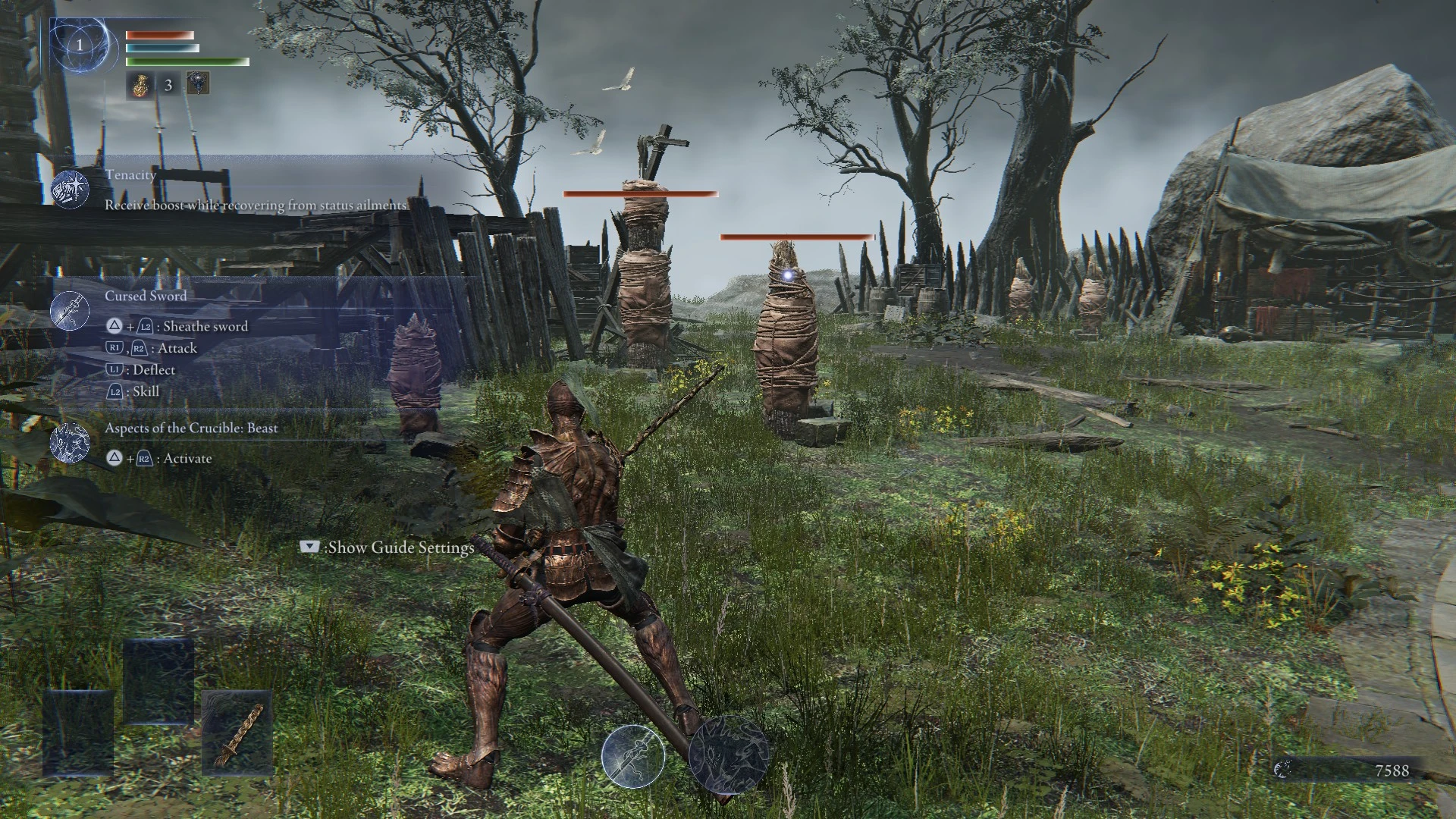
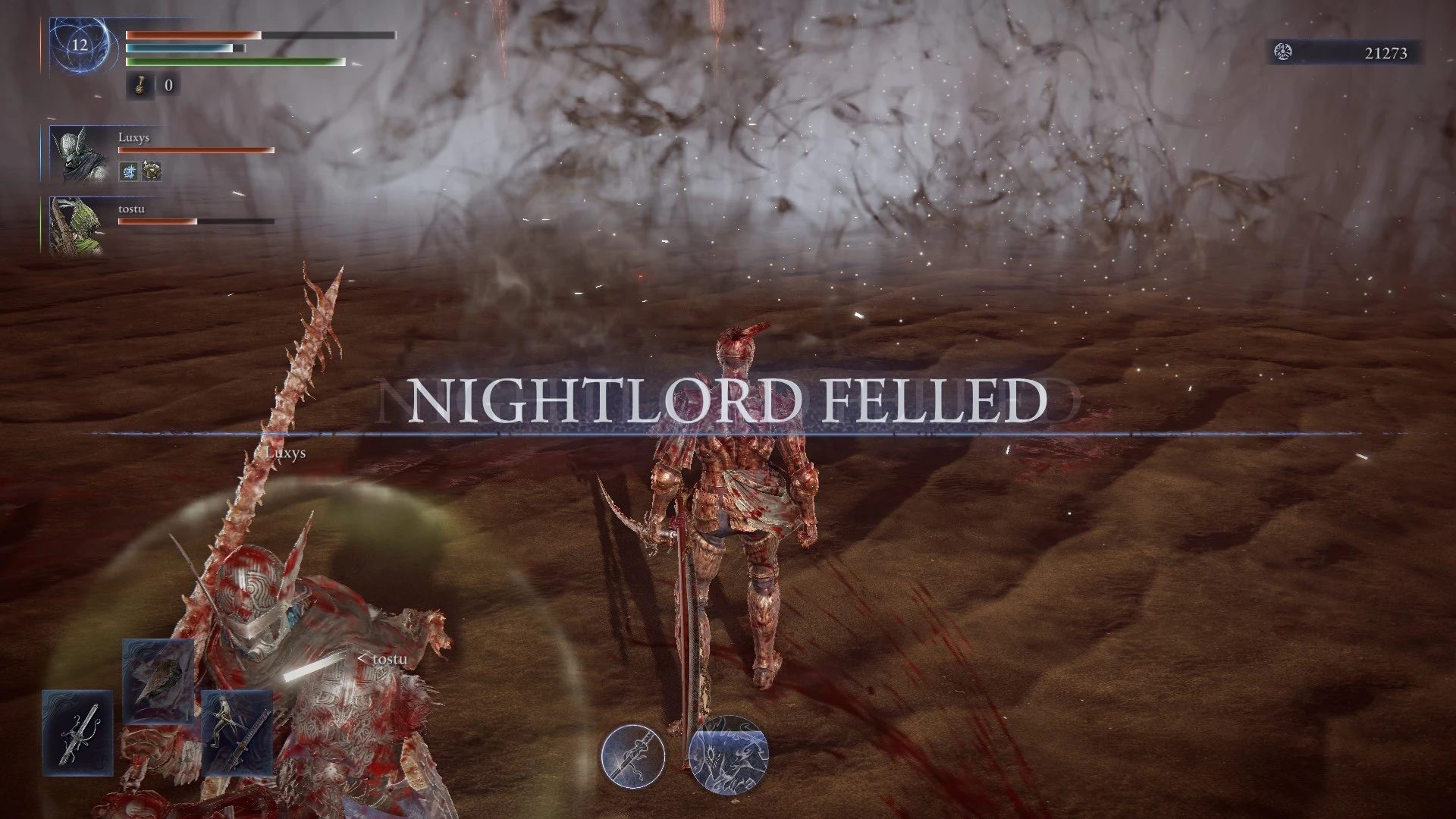
The Executor is one of the most satisfying classes in Elden Ring: Nightreign. While not forgiving to beginners, players who invest the time to learn parry timings, switch-parrying, and optimal dual-wield setups will find themselves dicing through bosses like paper. Its Sekiro-style parry system is a standout mechanic and offers some of the most reactive and engaging melee gameplay in Nightreign to date. If you love precision, speed, and a bit of danger, Executor might just become your new favorite class.
Comments